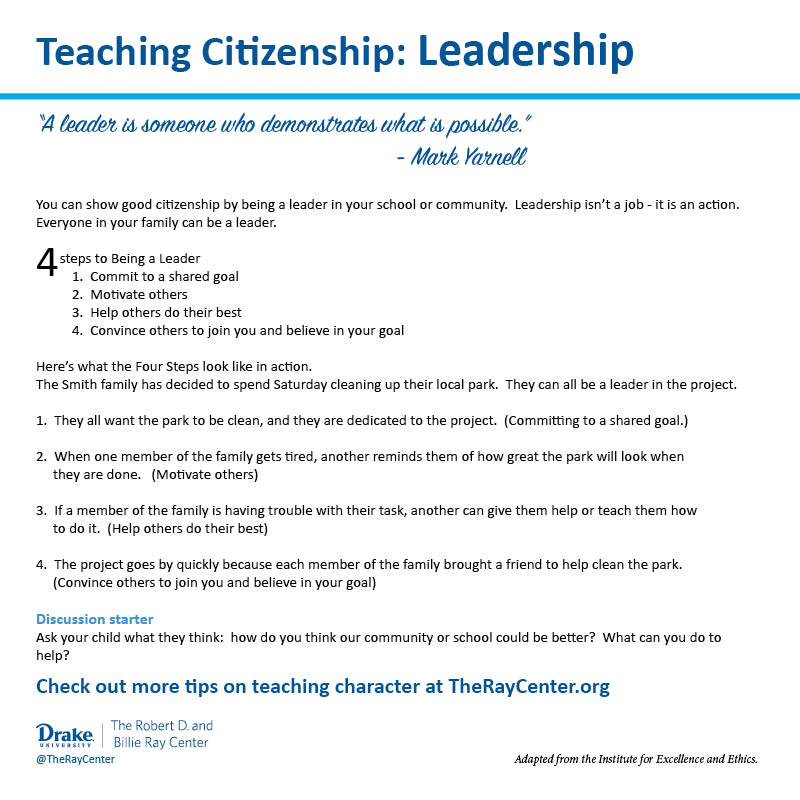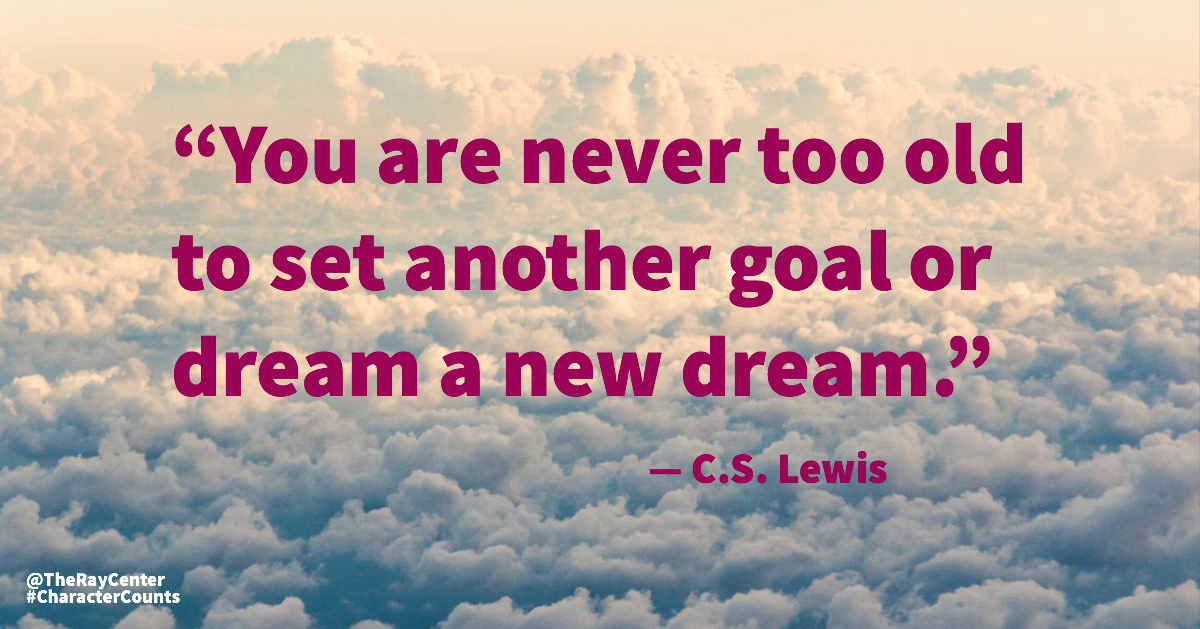Interpersonal Skills (Grades K-5)
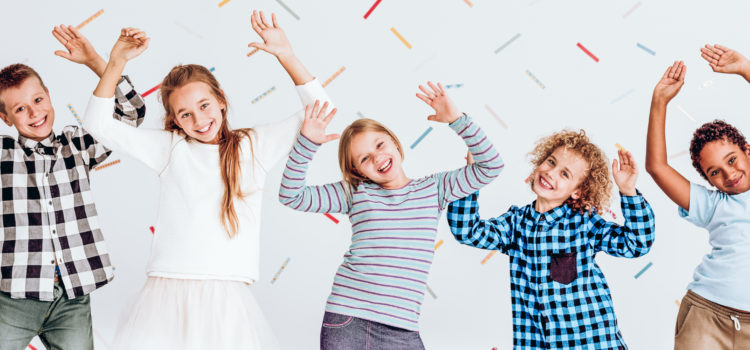
Character Education Objective:
- Students will discuss how connection increases communication and collaboration.
Content Objective:
- Students will discuss what the Six Pillars look like in them, their friends and the people they admire.
Language Objective:
- Students will journal about how they can actively work to connect with one another.
Purpose:
Including intentional connection time with your students is a great way to show the importance of connecting with one another. When we are connected we communicate better, collaborate more successfully and assume better intentions in one another. We often think of connection as something to check off the list at the beginning of the year a getting to know you activity, but in reality it is something that needs to happen regularly. The following activity will allow students to connect over character traits they see in themselves and those that are important to them.
Lesson
- Watch “Six Pillar Shuffle” and encourage the students to dance along.
- Electricity Split the students in two equal groups. Each group will be a team. Encourage them to get together and create team names. One team will get in a line standing shoulder to shoulder and all facing one way. The other team will get in another line shoulder to shoulder and facing the other team. The lines should be a few feet apart. There should be an aisle between the lines.
- If students point directly in front them, they should be pointing at only one student and one student should be pointing at them. This is their partner for the first round. Have students discuss the following question with their partner: What’s your favorite cartoon character?Now, students will play a game to get their next partner. To set up, you keep the teams in their lines and determine which side will be the start and which side will be the end of the line. At the end of the line, place an item on the ground evenly between the last two players of each team. The game is passing a high five down their team’s line from the starting side until it gets to the last person. The only rule is that you may not pass the high five until the high five is given to you.
- Once the high five hits the last person then the last person will grab the item from the ground. The first team to grab the item is the winner. The team that lost will move one person to the left. The person on the furthest left spot will walk down the aisle to the other end of the line. If you want, encourage the students to do a little Six Pillar Shuffle down the aisle! This should give students a new partner. With their new partner, have students discuss: What makes a person trustworthy? Have the students get ready to pass along the high five again.
- Once the winning team is determined, have the team that lost move one to the left again. This will give the students a new partner. Have the new partners discuss a question and then repeat the game and questions until you have answered all of them: How do you respect your friends? Who is someone in your life you think is responsible? Why? Was there a time in your life when something was unfair? How did you handle that?How has someone show you they cared for you? Who is someone you admire that shows good citizenship?
- When the game is done, talk about the power of connection. When we do these games, we are connecting with one another and finding things we have in common or how we think similarly. When we find that connection with someone we are kinder, more respectful and work better together. It’s important to take the time to connect with each other and it doesn’t always take a game. Encourage students to take the time to connect to someone they don’t know well during lunch, recess, group projects or collaboration times in the classroom.
- Have the students journal about ways they can make connections throughout the day. Connection is not something you can do just once and check it off the list. It must be done continually. Connection is also something that doesn’t always come naturally and sometimes needs to be intentionally planned. During this journaling time, you should encourage students to think about those two things and how they will work in connection into their day more frequently.
Family Connection
Give a brief overview of the importance of connection. Encourage families to watch a video about the power of connecting with those who may look and think differently than you: https://www.youtube.com/watch?v=sQuM5e0QGLg
Give the families the following prompts to connect around character development:
- What makes a person trustworthy?
- How do you respect your friends?
- Who is someone in your life you think is responsible? Why?
- Was there a time in your life when something was unfair? How did you handle that?
- How has someone show you they cared for you?
- Who is someone you admire that shows good citizenship?
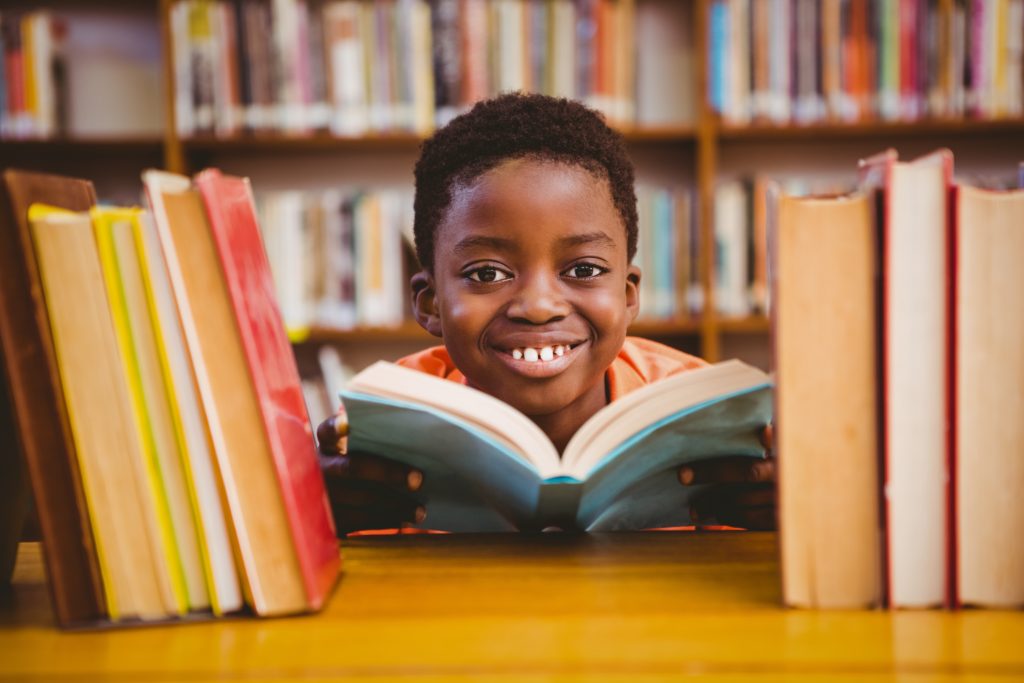

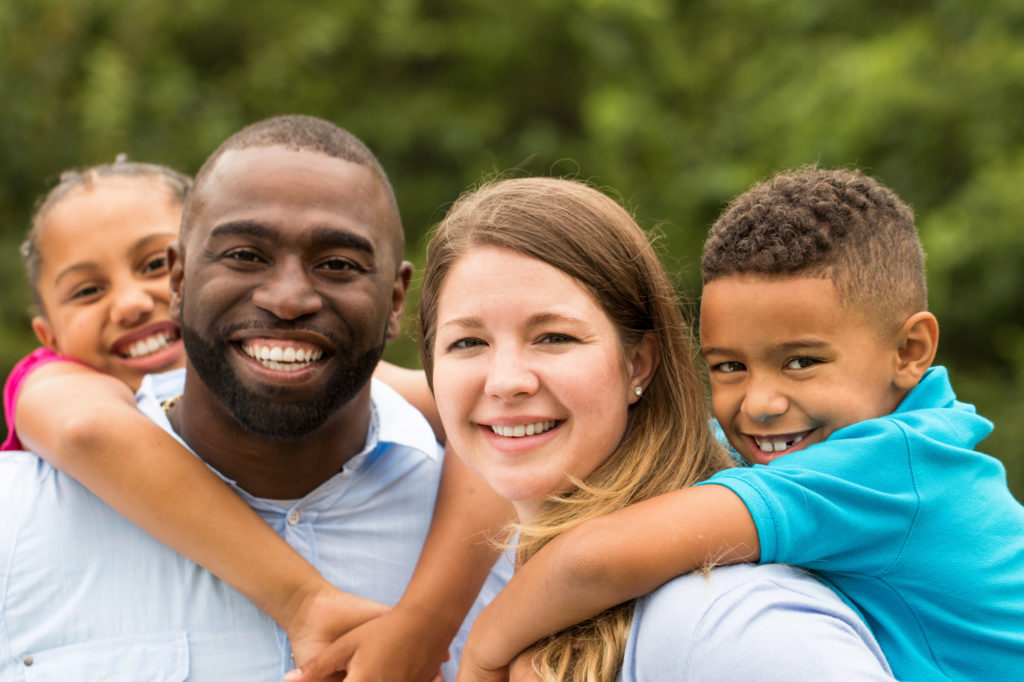
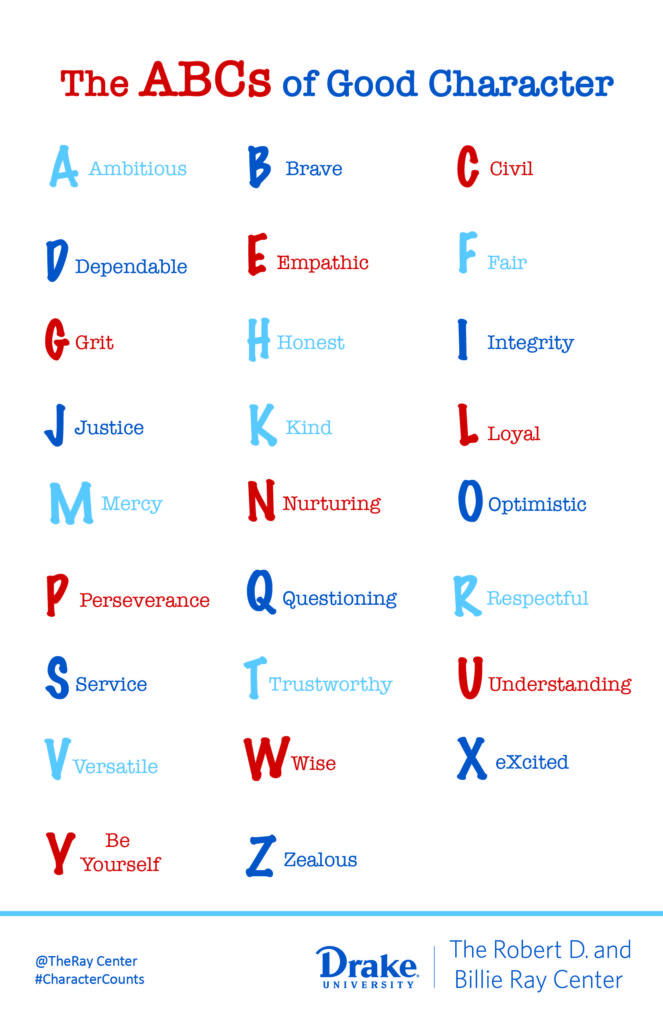



 Michele Borba, Ed.D. is an internationally renowned consultant, educational psychologist and recipient of the National Educator Award who has presented workshops to over a million participants worldwide. She is a recognized expert in parenting, bullying, youth violence, and character development and author of 22 books including UnSelfie: Why Empathetic Kids Succeed in Our All-About Me World, The 6Rs of Bullying Prevention: Best Proven Practices to Combat Cruelty and Build Respect,The Big Book of Parenting Solutions, and Building Moral Intelligence. She has appeared over 130 times on the TODAY show and is a frequent expert on national media including Dateline, The View, Dr. Oz, Anderson Cooper, CNN, Dr. Drew, and Dr. Phil. To book her for speaking or media even refer to her website: www.micheleborba.com. Follow her on twitter @MicheleBorba.
Michele Borba, Ed.D. is an internationally renowned consultant, educational psychologist and recipient of the National Educator Award who has presented workshops to over a million participants worldwide. She is a recognized expert in parenting, bullying, youth violence, and character development and author of 22 books including UnSelfie: Why Empathetic Kids Succeed in Our All-About Me World, The 6Rs of Bullying Prevention: Best Proven Practices to Combat Cruelty and Build Respect,The Big Book of Parenting Solutions, and Building Moral Intelligence. She has appeared over 130 times on the TODAY show and is a frequent expert on national media including Dateline, The View, Dr. Oz, Anderson Cooper, CNN, Dr. Drew, and Dr. Phil. To book her for speaking or media even refer to her website: www.micheleborba.com. Follow her on twitter @MicheleBorba.